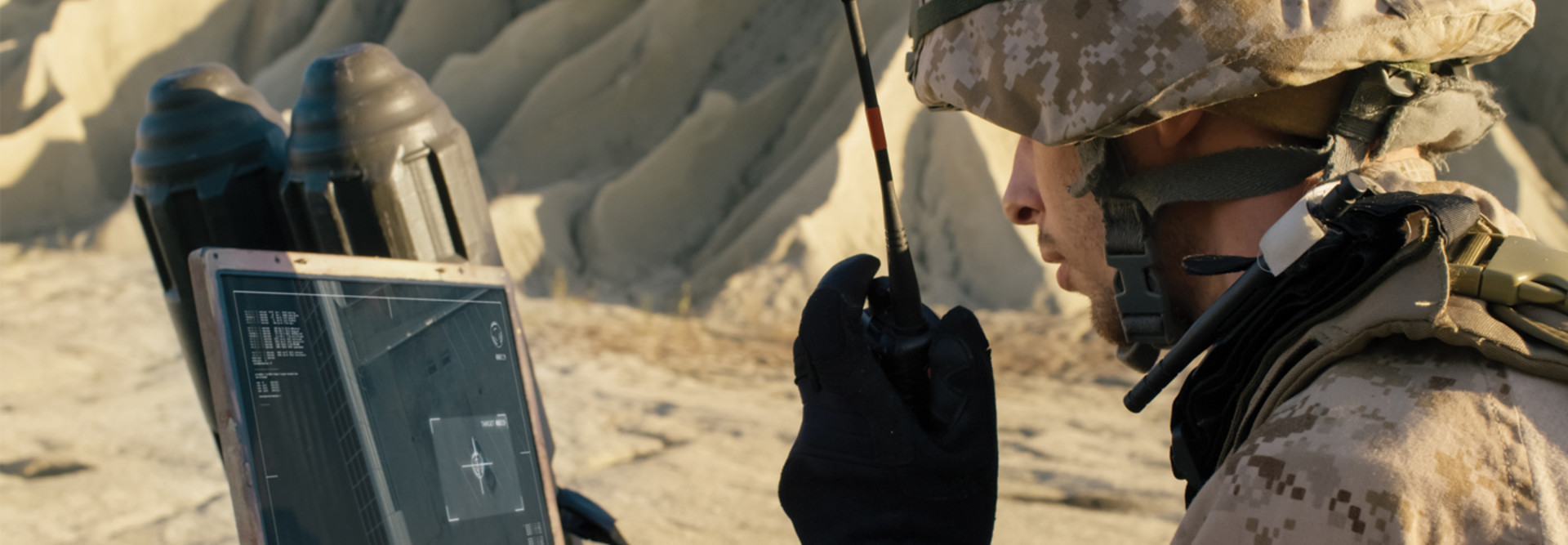The Benefits of a Unified Network Architecture for the Army
Morrison said the Army will rely on commercial vendors to help it unify its networks and that it is working toward releasing a plan in the next few months that the private sector can examine as the Army engages with companies.
In the “summer and fall we will have the architecture discussion,” he said, according to FedScoop.
“It lays out that unifying requirement to operate, maintain and defend the network, and that is a significant milestone,” Morrison said, according to Federal News Network. “No more will we be buying one set of network operations or security tools for the enterprise, and another set for tactical. We will be buying unifying capabilities that allow us to seamlessly see the network, and seamlessly secure and defend the network from end-to-end.”
The Army is trying to balance access, speed and security in its networks, FedScoop reports, and that is a key challenge. By unifying its networks, the Army hopes to enable smoother data transfer between systems and machines via automation. However, that seamless transfer of data also needs to be secured.
“This is one of those effective drills that I think will allow us to apply our resources in a more efficient manner but brings a level of security to the network that, quite frankly, I don’t think we have right now,” Morrison said, according to FedScoop.
As part of its network revamp, the Army is also looking to be able to easily segment data that needs to be sent to soldiers in milliseconds — such as targeting data — and data that can afford to be sent at a slower pace.
Segmenting that traffic, which is something the Army will need to rely on industry to help with, will allow the Army to conserve network capacity in battlefield situations.
“We are also concerned about overwhelming a limited network, particularly in a denied, degraded, intermittent or limited environment,” Army Brig. Gen. Rob Parker, deputy director of Joint Staff J-6, said during an AFCEA DC virtual event last week, according to FedScoop. “We are looking to industry to help us find technological solutions to work through that.”
MORE FROM FEDTECH: How will 5G help the military modernize its networks?











